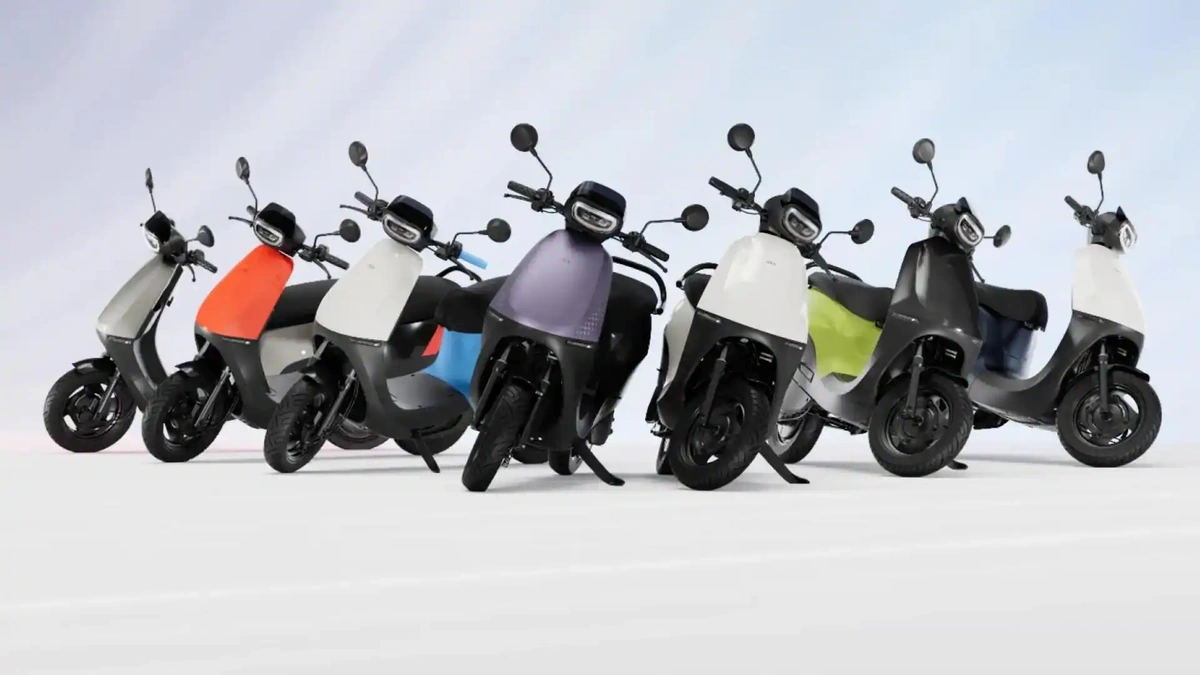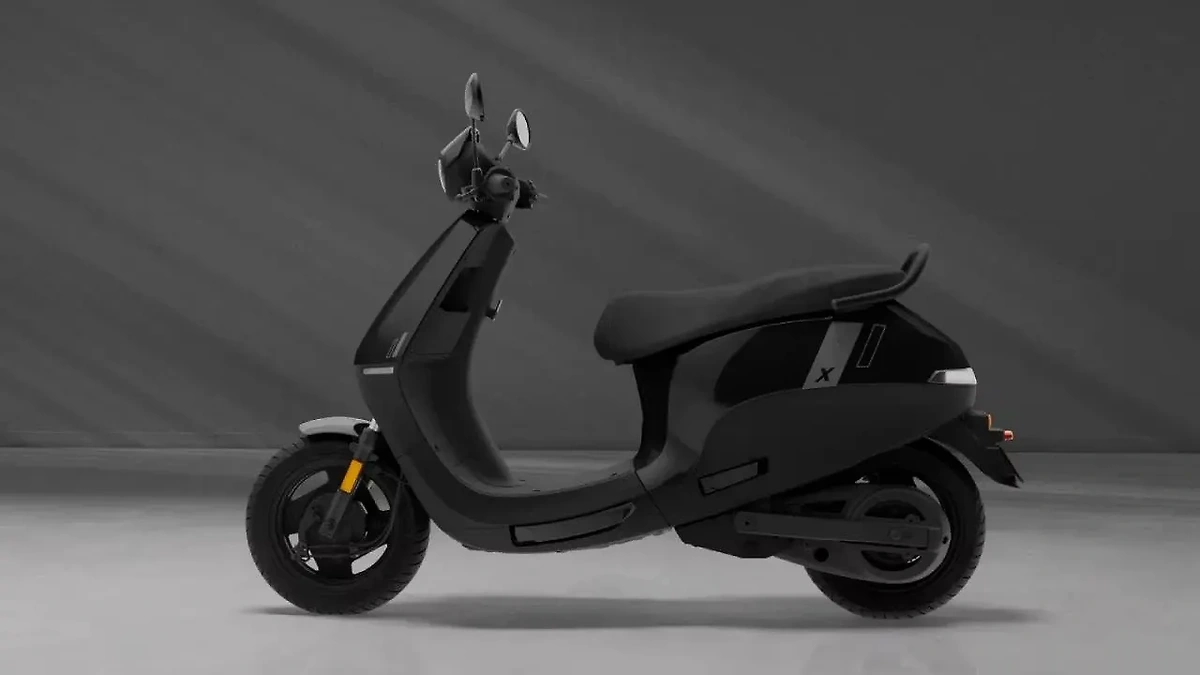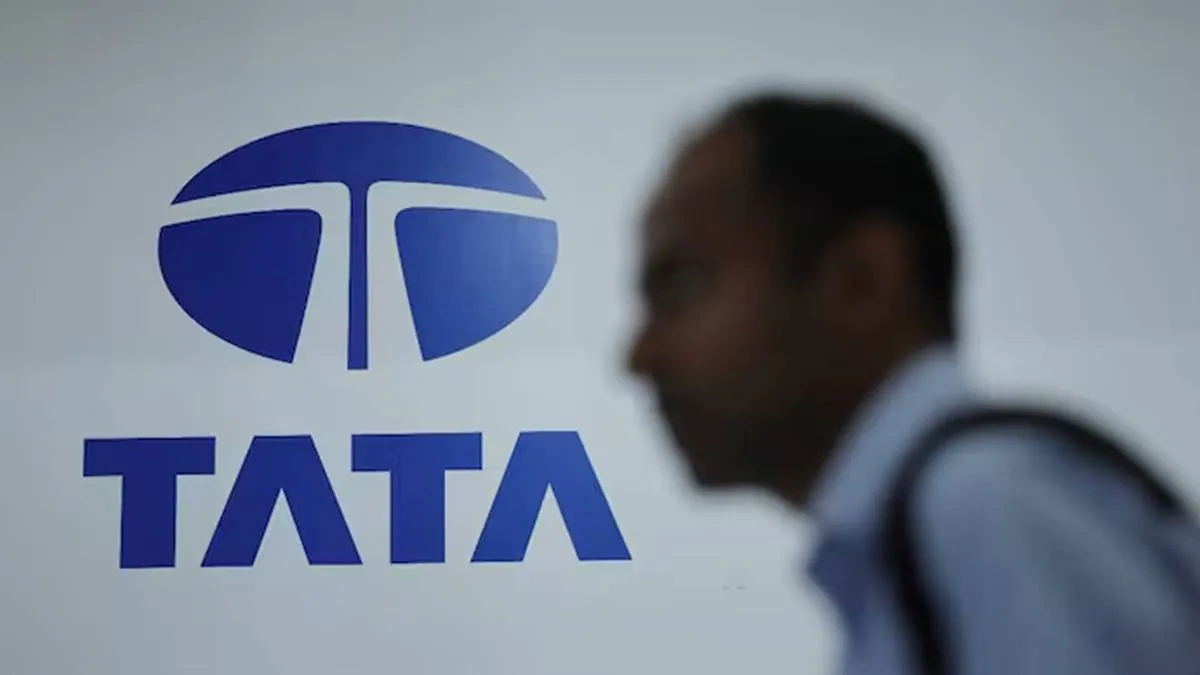Ola’s Next Move | Why It Matters More Than You Think
Ola. The name itself conjures images of zipping through chaotic Indian streets, doesn’t it? But let’s be honest – it’s been a bumpy ride for the ride-hailing giant lately. There’s been chatter about market share, whispers about strategy shifts, and the ever-present question: what’s next for Ola? Forget the surface-level news; let’s dive deep into the why behind Ola’s current position and, more importantly, what it means for the future of transportation in India.
The Electric Vehicle Gamble | A Masterstroke or a Misfire?

Ola Electric . Remember the hype? The promise of revolutionizing the two-wheeler market with sleek, affordable electric scooters? The initial response was massive. But then came the delivery delays, the reported quality issues, and the growing pains of scaling up a completely new manufacturing operation. But, and this is a big ‘but’, was it all just noise, or were there real problems? I initially thought it was all just growing pains, but then I spoke to a few Ola scooter owners and heard some real frustrations.
Here’s the thing: Ola’s EV gamble is more than just about scooters. It’s about positioning itself as a key player in India’s burgeoning electric mobility ecosystem. This is a long game, and the early stumbles, while significant, don’t necessarily define the ultimate outcome. The government’s push for EVs is undeniable, with incentives and policies designed to accelerate adoption. According to a Niti Aayog report, India’s EV market is projected to grow exponentially in the next decade. Ola is betting that by investing heavily in manufacturing, battery technology, and charging infrastructure, it can capture a significant slice of that pie.
What fascinates me is how Ola Electric scooters are shaping consumer perceptions around EVs. Are they seen as reliable and convenient, or as a compromise? The answer to that question will determine Ola’s long-term success in the EV market. And it will be a key factor when they launch their long-awaited electric cars.
Beyond Ride-Hailing | A Super App in the Making?
Ola isn’t just about getting you from point A to point B. It has aspirations of becoming a ‘super app’ – a one-stop shop for all your daily needs, a la WeChat or Grab. Think ride-hailing, food delivery (Ola Foods), financial services (Ola Money) – all seamlessly integrated into a single platform. It sounds ambitious, doesn’t it? And, let’s be frank, it’s a crowded market. But Ola has one key advantage: a massive user base. Millions of Indians use Ola’s ride-hailing service every day. That’s a built-in audience for its other offerings.
According to industry analysts at Livemint , Ola’s foray into financial services, particularly micro-insurance and lending, holds immense potential. Many Indians are still underserved by traditional financial institutions, and Ola’s platform could bridge that gap. But building trust and navigating the complex regulatory landscape will be crucial.
The challenge is, will people really use Ola cabs to order food or manage their finances? That’s the billion-dollar question. The success of Ola’s super-app strategy hinges on providing a truly seamless and valuable user experience across all its services.
The Competition Heats Up | Can Ola Stay Ahead?
Let’s be honest, the Indian ride-hailing market is a battleground. Uber is a formidable competitor, and local players like Rapido are also vying for market share. And then there’s the rise of electric mobility startups, each with its own unique value proposition. So, how can Ola maintain its edge? Innovation, for one. Ola needs to constantly push the boundaries of what’s possible, whether it’s introducing new features, improving customer service, or expanding into new markets.
And, crucially, profitability. Ride-hailing is a notoriously difficult business to make money in. Ola has been burning cash for years, and it needs to find a sustainable path to profitability. That means optimizing its operations, reducing costs, and finding new revenue streams. The increased competition from electric rickshaws and even metro lines provide viable options to the consumer to offset Ola share price woes.
Don’t underestimate the power of local knowledge. Ola understands the Indian market better than its global competitors. It knows the unique challenges and opportunities that exist in different cities and regions. This local expertise is a valuable asset that it can leverage to stay ahead of the pack. Speaking of local, have you read about what Vinod Khosla , another visionary in the tech space, is up to? His focus on sustainability and technological innovation resonates strongly with the direction Ola is taking.
The Regulatory Maze | Navigating the Rules of the Road
Operating in India means navigating a complex web of regulations. From ride-hailing licenses to data privacy laws, Ola has to constantly comply with a myriad of rules and requirements. And these regulations are constantly evolving.
I initially thought this was straightforward, but then I realized that the regulatory landscape is different in every state. What works in Bangalore might not work in Delhi. Ola has to be nimble and adaptable to navigate this complex environment. Also, changes to Ola app and its data privacy are always under scrutiny.
Transparency and ethical business practices are paramount. Ola needs to build trust with regulators, customers, and the public. That means being open and honest about its operations and addressing any concerns that are raised. Ola’s success depends not only on its business strategy but also on its ability to navigate the regulatory maze effectively.
Ola’s Future | More Than Just a Ride
So, what’s the bottom line? Ola’s journey has been a rollercoaster, no doubt. But the company’s ambitions extend far beyond just ride-hailing. It’s aiming to be a key player in India’s digital economy, with a focus on electric mobility, financial services, and a range of other consumer offerings. The path ahead won’t be easy. There will be challenges, setbacks, and fierce competition. But Ola has the potential to shape the future of transportation and commerce in India. Keep an eye on this space; the next chapter in the Ola story is just beginning.
FAQ
What if I forgot my Ola account password?
You can easily reset your password through the “Forgot Password” option on the Ola app login screen. An OTP will be sent to your registered mobile number to verify your identity.
How do I book an Ola ride?
Open the Ola app, set your pickup and drop-off locations, choose your preferred ride option (e.g., Auto, Micro, Mini, Prime), and tap “Confirm Booking”.
Can I pay for my Ola ride with cash?
Yes, Ola accepts cash payments in most cities. You can also pay using Ola Money, credit/debit cards, UPI, or other digital wallets.
How do I cancel an Ola ride?
You can cancel a ride through the Ola app by tapping the “Cancel Ride” button. Cancellation charges may apply depending on the time of cancellation and the city you’re in.
Is Ola available in my city?
Ola operates in most major cities and towns across India. You can check the Ola website or app to see if the service is available in your location. You can also use Ola coupons for more discounts.













